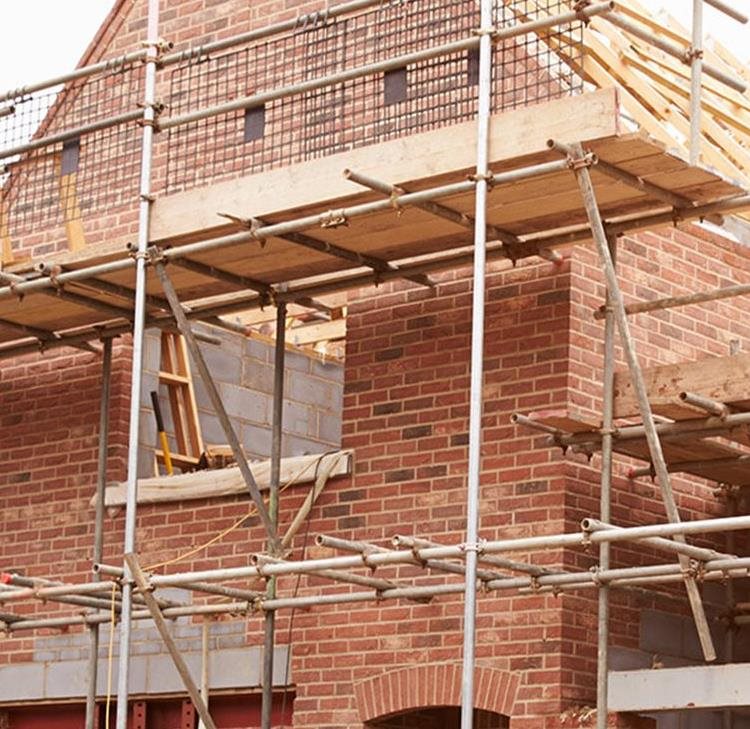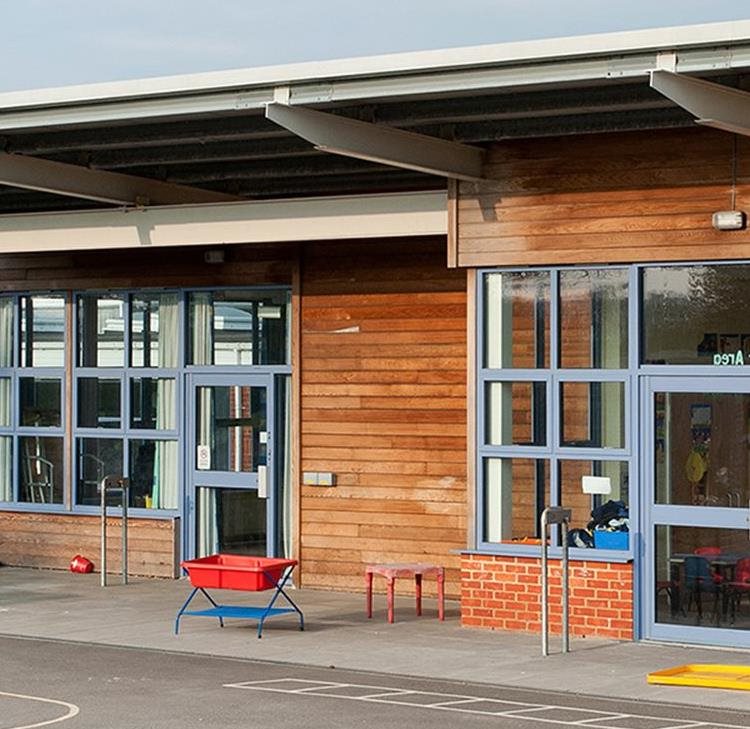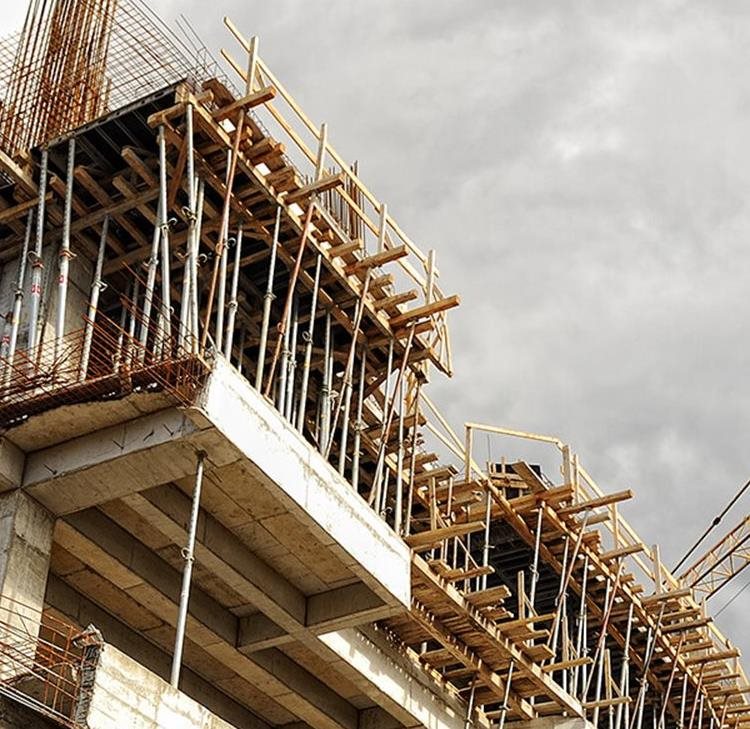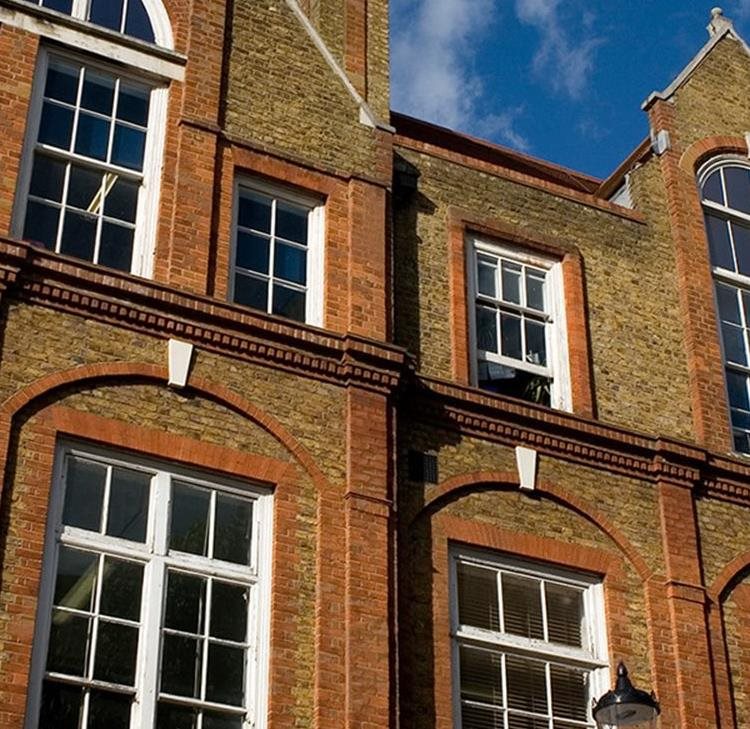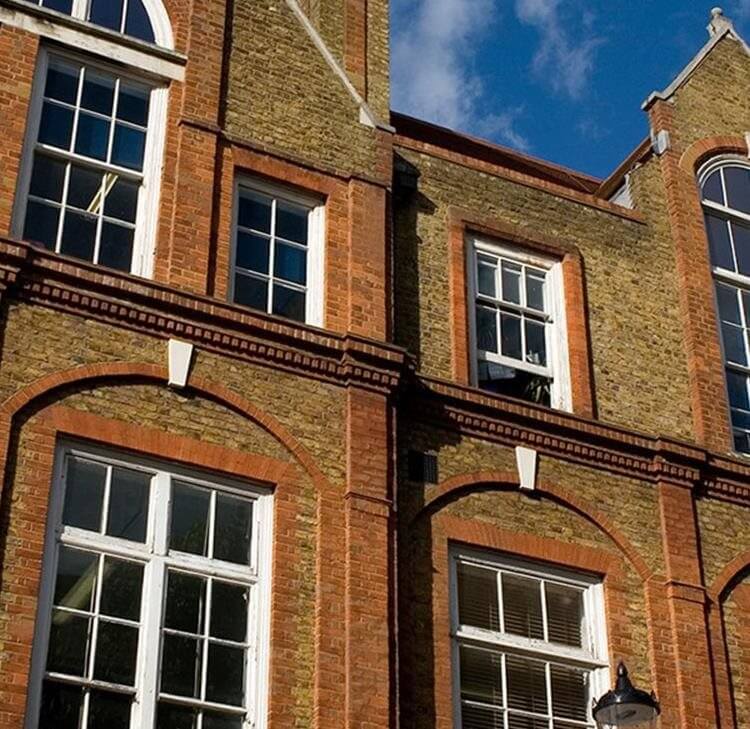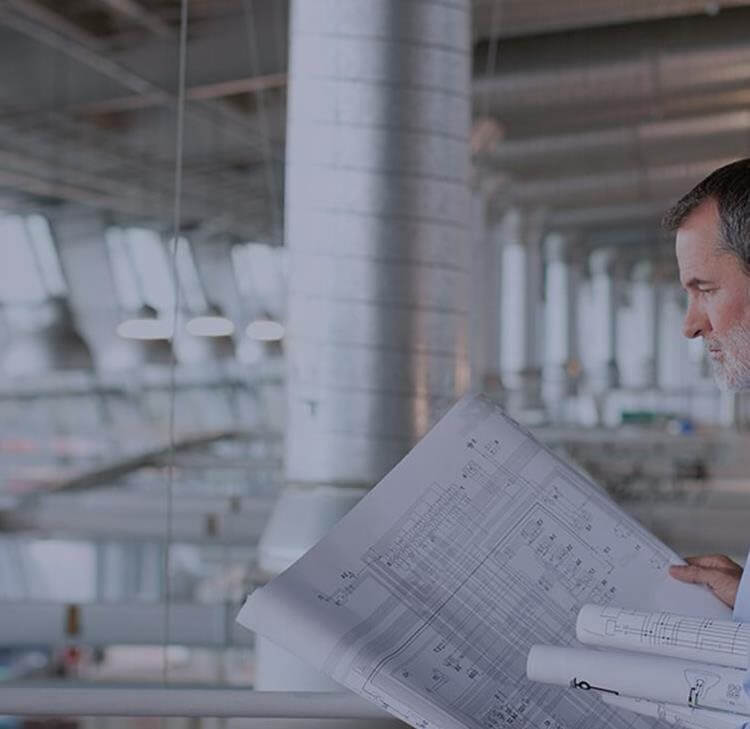As issues with the presence in schools of Reinforced Autoclaved Aerated Concrete (RAAC) hit the front pages in late summer, discussions were sparked within the education sector around the wider issue of the deteriorating condition of the school estate.
Concerns are widespread. The National Audit Office recently reported that around 24,000 school buildings are beyond their initial estimated design life, and around 700,000 pupils are being educated on a site likely to require significant refurbishment.
Lobbying to increase spending on school estates
It was inevitable that sector leaders would be expecting a swift and decisive response to RAAC concerns, while also lobbying for a general increase in spending on school estates.
That has proved to be the case. The National Education Union (NEU), stating that RAAC is just “the tip of the iceberg”, has been calling for reports, photographs and videos to be submitted as evidence of issues with school buildings.
Writing to members, in a message understood to be circulated further by opposition parties, the NEU’s general secretary Daniel Kebede said:
“We will use the evidence on social media, in communications with members and to lobby politicians to pledge the additional funds our schools desperately need.”
Petition demands
The NEU has also launched a petition demanding that the government:
- commits additional investment in school buildings
- publishes the full list of schools suspected of containing RAAC but awaiting further investigation
- makes funding guarantees for schools requiring alternative arrangements.
It is clear that RAAC is not an isolated issue, and that the safety and suitability of the school estate is a subject that sector leaders will be pressing for some time to come.
Further updates and new RAAC resources
In the meantime, and back on the subject of RAAC, the DfE’s Risk Protection Arrangement (RPA) has published a helpful FAQ document, with guidance on availability of coverage.
The guidance restates the previously given position that the RPA will not cover the cost of works to investigate or replace RAAC; however, it confirms that the DfE has committed to funding capital mitigation works once the presence of RAAC is confirmed.
It goes on to state that there is no requirement to notify the RPA of any RAAC works undertaken; however, if mitigation works exceed £250,000 in value, members will need to obtain commercial insurance for their works or ensure that their contractor is suitably insured with the member as a named party.
If RPA members do suffer incidents of collapse, causing damage to property or injury to anyone present, they are directed to contact claims handlers to determine the extent to which cover will apply.
You may be interested in...
Guide
Construction contract limitation periods: A guide for schools
Guide
School estate and workplace risk: Is radon on your radar?
Legal Update
Be prepared for the 2025-26 school year
Opinion
Regulator warning on future dangers of asbestos
Press Release
Half of school leaders think Ofsted does not have the expertise for Multi-Academy Trust inspections, according to new survey
Legal Update
Public Sector Decarbonisation Scheme update October 2023: More funding announced
Legal Update - RAAC
RAAC: the tip of the iceberg for school building safety
Legal Update
What does ‘RAAC’ mean for university campuses?
Legal Update
Covering the costs of RAAC – new guidance published
Legal Update
Introducing the Estates Competency Framework
Published Article - RAAC
RAAC: 5 questions to guide investigations
Legal Update - RAAC
Reinforced Autoclaved Aerated Concrete ('RAAC') implications for schools
Published Article - RAAC
Action needed: How RAAC became a critical issue
Legal Update - RAAC
Insurance considerations of RAAC failures - air bubbles belong in chocolate, not concrete!
Legal Update
100+ schools told to close immediately due to threat of Reinforced Autoclaved Aerated Concrete
Legal Update - RAAC
The RAAC crisis: Is it really back-to-school this September?
Legal Update
School building safety is ‘a critical risk’
Legal Update
Assured shorthold tenancies for schools… let them have it!
Guide
FAQs – academy re-brokerage
Opinion
Implementation of the Fire Safety (England) Regs 2022
Guide
FAQs - converting to academy status
Press Release
Law firm picks up record breaking sixth Education Investor Award
Browne Jacobson’s education team has been named as winner of the ‘Legal Advisors to Education Institutions’ category at the Education Investor Awards 2022 for a record sixth time.
Press Release
Thousands take part in virtual careers event to help increase diversity in the legal profession
Over 3000 young people from across the UK and Ireland took part in a virtual legal careers insight event, aimed at making the legal profession more diverse.
Legal Update
Browne Jacobson’s market leading Education expertise recognised again in latest Legal 500 rankings
The new set of Legal 500 directory rankings have been published and we are proud to once again be recognised as one of the country’s leading firms advising the Education sector.
Published Article
RAAC planks and its impact on local authorities
Recent reports of flat roofs constructed using RAAC planks collapsing without warning prompted the SCOSS alert.
Press Release
Browne Jacobson’s C-suite exec level coaching team appoints two new education specialists
National law firm Browne Jacobson has grown its team behind its dedicated Space + Time executive coaching programme with the addition of two more qualified coaches who will work with clients in the education sector.
Opinion
Fines for unsafe removal of asbestos in schools
In order to reduce the risk of potential breaches, schools should follow this Health and Safety Executive guidance.
Press Release
Browne Jacobson hosts UK’s largest virtual legal careers event to boost access to careers in law
Press Release
New benchmarking service now available to guide the remuneration of school trust executive teams
The Confederation of School Trusts (CST), as the sector body for School Trusts, today releases a salary benchmarking service for executive roles in School Trusts, in conjunction with partners XpertHR, Cendex and Browne Jacobson.
Legal Update
Consultation opens on a revised Building Bulletin 100 design guide for fire safety in schools
Opinion
Government announces ten-year programme of school rebuilding
Ambitious funding plans, announced recently by the Prime Minister, have made clear that spending on school buildings is seen as a key element of efforts to stimulate the economy post-COVID.
Legal Update
Building for the future
As the new year comes into view, many schools will be considering plans to build or to extend their facilities next year.
Legal Update
O’Byrne Re Land at Tubney, Manor Farm [2018] UKUT 395 (LC) and Roberts v Parker and another [2019] EWCA Civ 121
A couple of cases on the interpretation of easements create no new law, but illustrate a couple of important points.












